Socotra Cucumber Tree (Dendrosicyos socotranus): captivating, quirky, and vulnerable
northern coast, between Qadub and Hadibo; Wednesday, November 9, 2011, 23:26:38: Gerry and Bonni, CC BY 2.0, via Flickr @ https://www.flickr.com/photos/gerr-bon/6407165121/
Conservation, preservation, and sustainability: all are concerns for Socotra, a remote, unique archipelago in the northwestern Indian Ocean.
Dhi Hamri Marine Conservation Area, Cape Dhi Hamri, northeastern Socotra; Sunday, July 17, 2011, 16:17:40: Gerry and Bonni, CC BY 2.0, via Flickr @ https://www.flickr.com/photos/gerr-bon/6408213143/
Socotra: archipelagic remoteness of faunal and floral speciated, rugged paradise
a panorama of coastal sand dunes against backdrop of limestone plateau, etched with deep valleys (wadis) and karstic caves, and mountain fastnesses, home to fantastic and strange flora
Socotra's sand dunes; Monday, November 9, 2009, 12:50:59: HopeHill, CC BY 2.0, via Flickr @ https://www.flickr.com/photos/45340412@N06/4438633157/
Young cucumber trees grow at Royal Botanic Gardens, Edinburgh, 1903.
illustration by Henrik Gronvold (September 6, 1858-March 3, 1940)
Henry O. Forbes, Natural History of Sokotra (1903), page 473: via Biodiversity Heritage Library @ https://www.biodiversitylibrary.org/page/24884738
single file parade of Dendrosicyos socotrana trees with another endemic, Euphorbia arbuscula, on ridge in background; Ras Ahmar, eastern Socotra
1899 photo by Franz Kossmat (August 22, 1871-December 1, 1938)
Richard von Wettstein, Sokótra (1905), page 28: Public Domain, via Internet Archive @ https://archive.org/details/Soktra1905/page/n15/mode/1up
Dendrosicyos socotrana's young flowers and fruit
illustration by Agnes Boyd Balloch Balfour (May 29, 1857-ca. October 28, 1940)
Henry O. Forbes, Natural History (1903), page 474: via Biodiversity Heritage Library @ http://biodiversitylibrary.org/page/24884739
Dendrosicyos socotrana illustration by Harriet Thiselton-Dyer (June 23, 1854-December 16, 1945); Figures 1 & 5 copied from Georg Schweinfurth (December 29, 1836-September 19, 1925), rest from dried specimens
1-habit of trees; 2-twig portion with large foliage leaves; 3-twig portion with small, much-divided leaves; 4-portion of dried branch; 5-twig portion bearing pistillate flowers; 6-staminate flower, lateral view; 7-oblique view from above
Isaac Bayley Balfour-Botany of Socotra (1888), Tab. XXVI: Public Domain, via Biodiversity Heritage Library @ https://www.biodiversitylibrary.org/page/41401580
Cissus subaphylla protects Socotra cucumber tree from predators and weather extremes.
Cissus subaphylla; Airport-Hadibo Road, Socotra: Joël Lodé, CC BY-SA 3.0, via Wikimedia Commons @ https://commons.wikimedia.org/wiki/File:Cissus_subaphylla,_Airport-Hadibo_Rd_P1170701.JPG
Sir Balfour's wife Agnes Boyd Balloch Balfour (May 29, 1857-October 20, 1940), second daughter of Glasgow merchant Robert Gourlay Balloch, illustrated some of his specimens.
Married March 31, 1853, the couple had a son, Isaac (born October 19, 1889), who was killed June 28, 1915, at Gallipoli, and a daughter, Isabel Marion Agnes "Senga" Bayley Balfour Aglen (Nov. 2, 1884-April 17, 1925).
drawing by Agnes Balfour; Henry O. Forbes, Natural History of Sokotra (1903), page 464: via Biodiversity Heritage Library @ http://biodiversitylibrary.org/page/24884729
Socotra synecology: Endangered Egyptian vulture (Neophron percnopterus) often is seen perching atop Socotra Cucumber Tree; providing perches and shelters are important uses in the ecosystem.
central Socotra, southwest of Qaroni, northeast of Tahr; Thursday, November 10, 2011, 07:20:48: Gerry and Bonni, CC BY 2.0, via Flickr @ https://www.flickr.com/photos/gerr-bon/6407201415/
Cucumber tree: "a favourite perch for three or four of the white vultures which swarm in the island, and the picture formed by these ungainly birds on top of this ungainly tree is an odd one." (T. Bent, p. 380)
illustration of Egyptian vultures perched atop cucumber tree at Wadi Dikadik by James Theodore Bent (March 30, 1852-May 5, 1897)
Theodore Bent, Southern Arabia (1900), opposite page 379: Not in copyright, via Internet Archive @ https://archive.org/details/southernarabia00bentuoft/page/n421/mode/1up
Socotra cucumber tree (Dendrosicyos socotrana): in its element on its very own patch of ground
Hadibu (Hadiboh), north coast, Socotra; Wednesday, November 9, 2011, 23:25:44: Gerry and Bonni, CC BY 2.0, via Flickr @ https://www.flickr.com/photos/gerr-bon/6407164873/
Dendrosicyos socotrana; 1910 Watercolor by Dr. Georg August Schweinfurth (December 29, 1836-September 19, 1925)
A. Engler, Die Vegetation der Erde, IX, page 207: Public Domain, via Biodiversity Heritage Library @ https://www.biodiversitylibrary.org/page/34396148
Socotra synecology: Fringillaria insularis nest was discovered "beneath a granite boulder on a rather bare and open hillside dotted with Cucumber-tree" (W.R. Ogilvie-Grant, "Fringillaria insularis," in H.O. Forbes, p. 30)
Cinnamon-breasted bunting (Fringillaria insularis; now Emberiza tahapisi insularis); illustration by P.J. Smit
Henry O. Forbes, Natural History of Sokotra (1903), opposite page 31: via Biodiversity Heritage Library @ http://biodiversitylibrary.org/page/24884256
Socotra synecology: Fringillaria insularis nest in area of cucumber trees; male (left) and female (right),
illustration of Fringillaria insularis (now Emberiza tahapisi insularis) by Henrik Grönvold (September 6, 1858 – March 23, 1940)
Henry O. Forbes, Natural History of Sokotra (1903), Plate III, page 65: Public Domain, via Biodiversity Heritage Library @ http://biodiversitylibrary.org/page/24884290; Public Domain, via Wikimedia Commons @ https://commons.wikimedia.org/wiki/File:Fringillaria_insularis.jpg


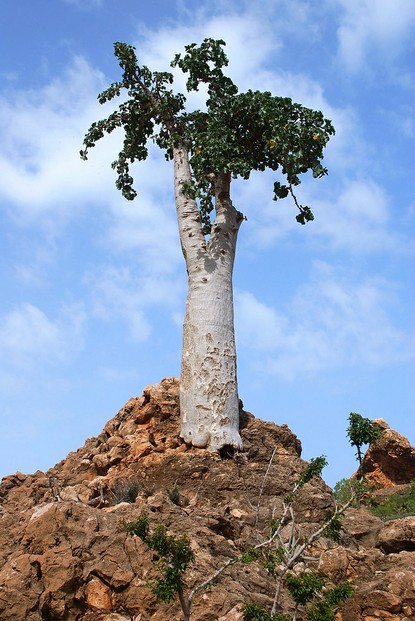
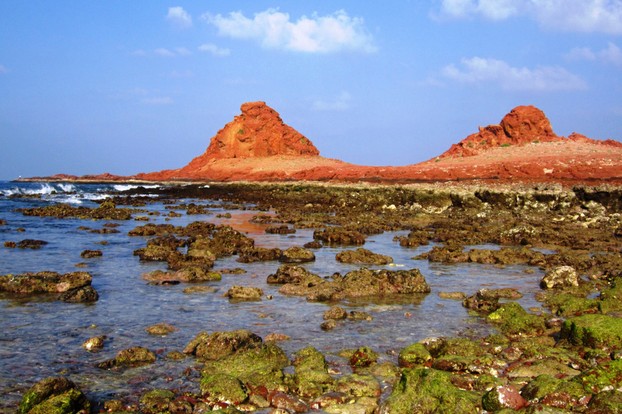
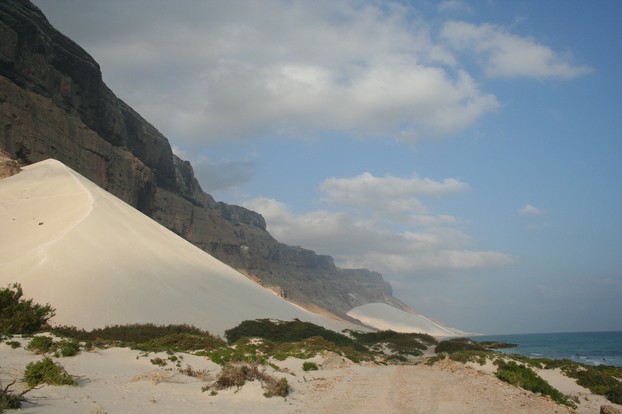
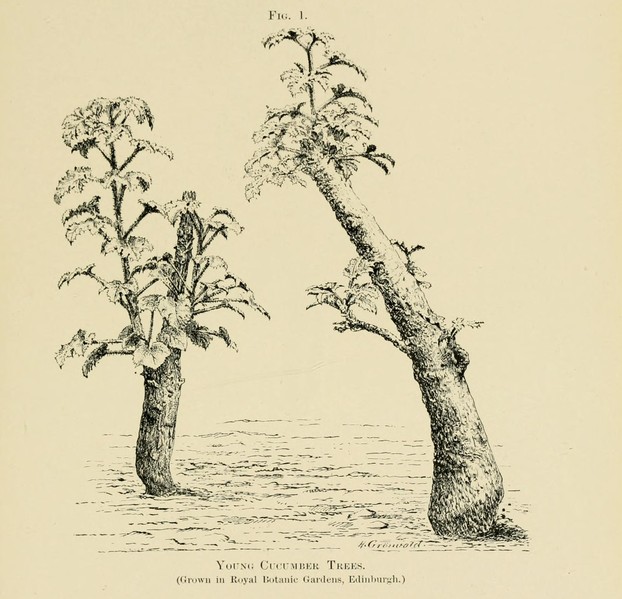
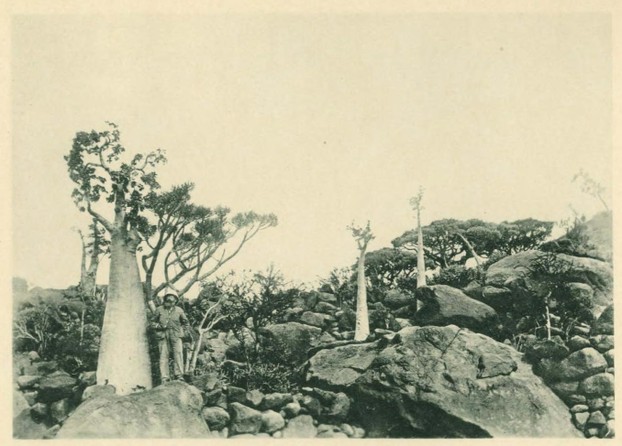
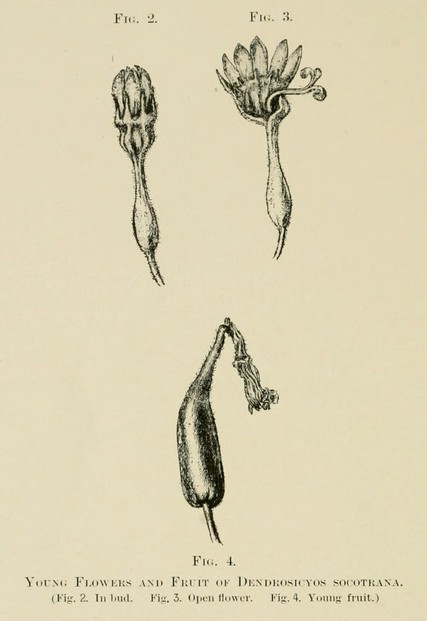
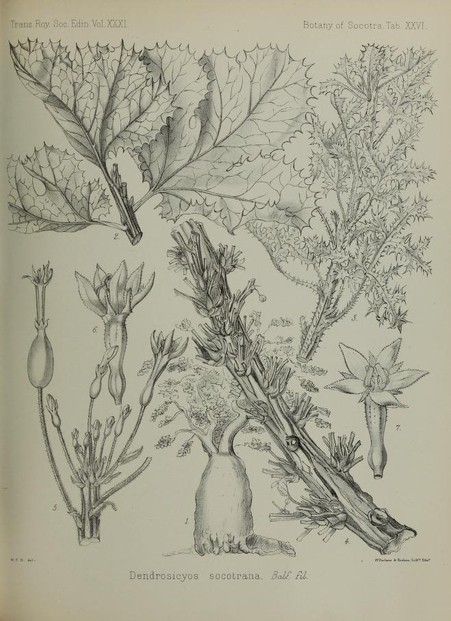
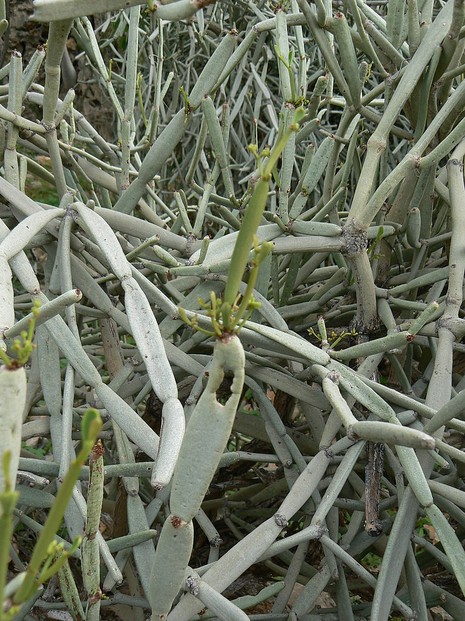
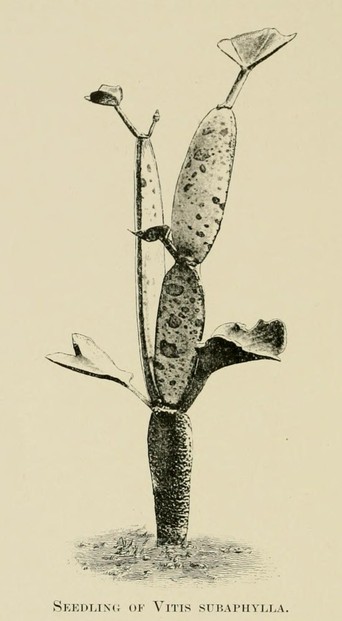
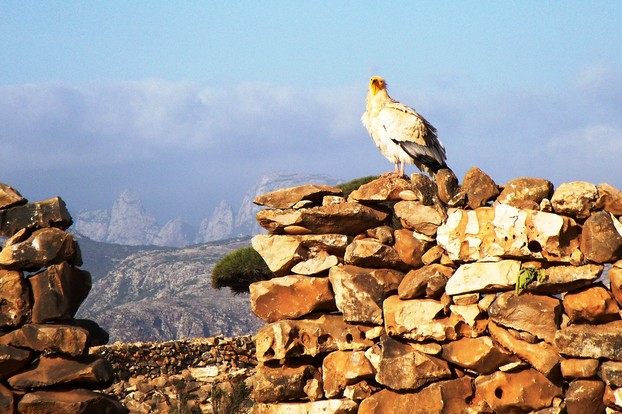
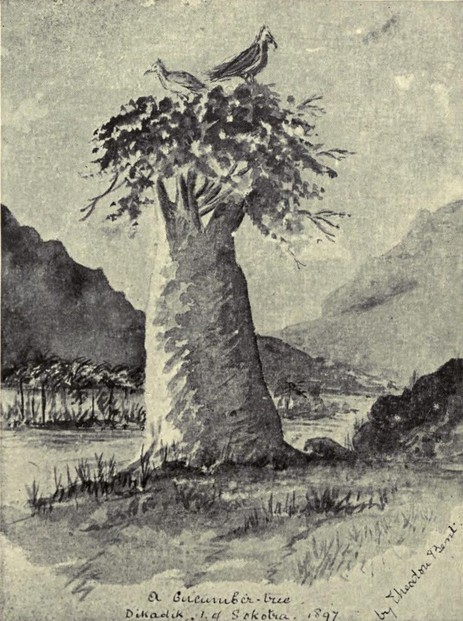
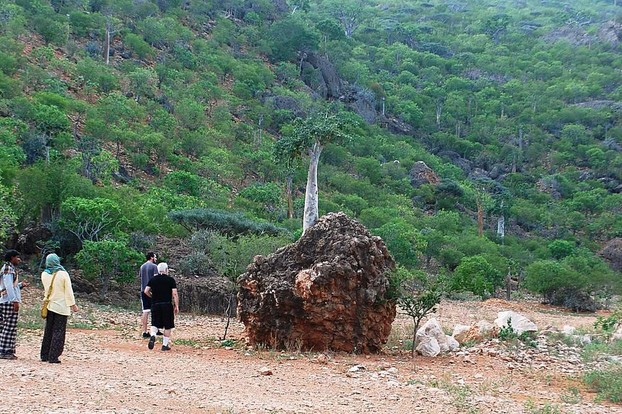
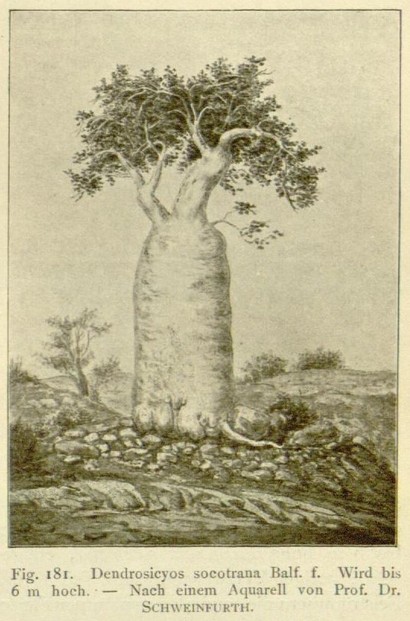
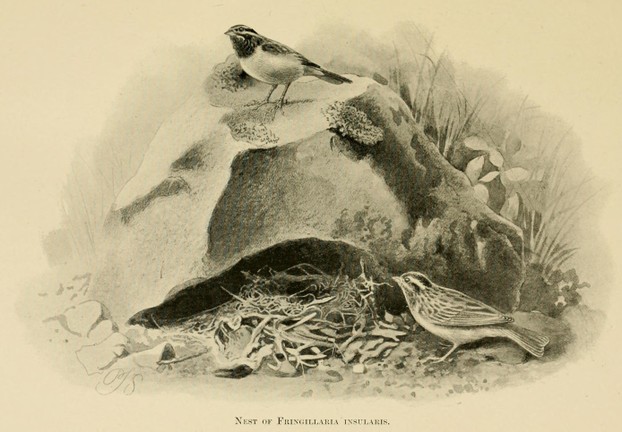
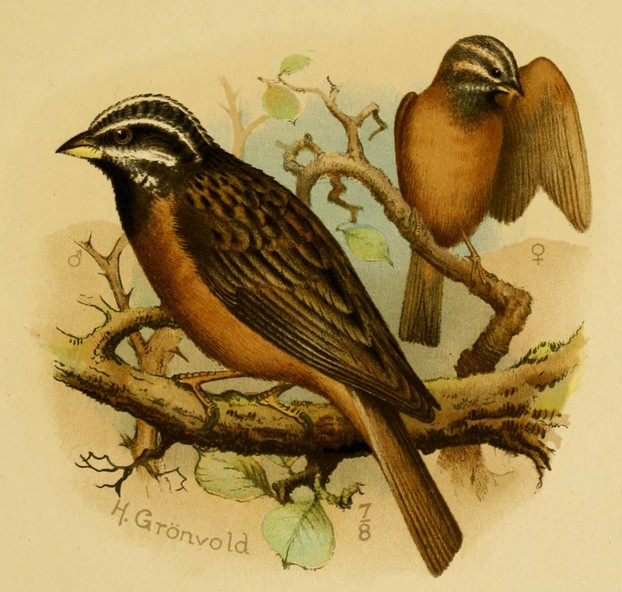


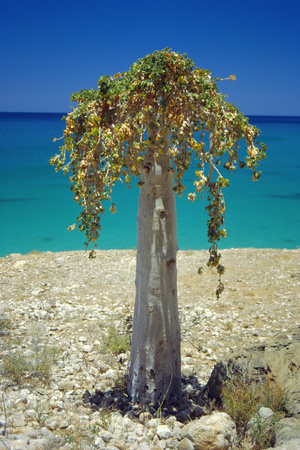
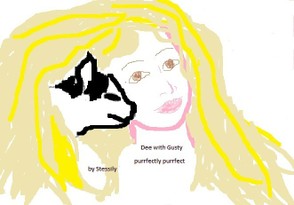
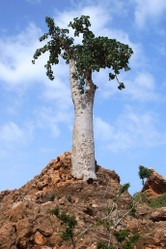

 Are Hawaiian Huakai Po Nightmarchers Avenging Halloween Thursday?on 10/02/2024
Are Hawaiian Huakai Po Nightmarchers Avenging Halloween Thursday?on 10/02/2024
 Mailing Addresses for 2023 Form 4868 Extending 1040 and 1040SR April 15, 2024, Due Dateon 04/15/2024
Mailing Addresses for 2023 Form 4868 Extending 1040 and 1040SR April 15, 2024, Due Dateon 04/15/2024
 Mailing Addresses for 2023 Forms 1040 and 1040SR Filed in 2024on 04/15/2024
Mailing Addresses for 2023 Forms 1040 and 1040SR Filed in 2024on 04/15/2024
 Mailing Addresses for 2022 Form 4868 Extending 1040 and 1040SR April 18, 2023, Due Dateon 04/13/2023
Mailing Addresses for 2022 Form 4868 Extending 1040 and 1040SR April 18, 2023, Due Dateon 04/13/2023

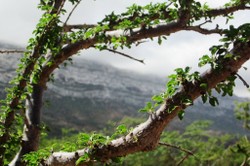
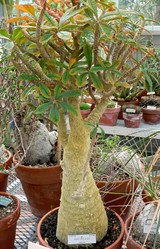
Comments
The main birds around Socotra cucumber trees appear in related images as cinnamon-breasted buntings, Egyptian vultures and white vultures.
Do cinnamon-breasted buntings of all ages or only of physically and sexually mature ages do their nests only around Socotra cucumber trees?
The computer crashed afore I conveyed another component of Socotra-cucumber drinkability and edibility.
Elsewhere, in my wizzley comment-box comments on Socotran frankincense, I imagine the Queen of Sheba and the Three Magi including Socotran frankincense among their items on their respective iterations to Bethlehem and to Israelite King Solomon's throne room.
Might the Queen of Sheba have munched upon Socotran cucumbers even as the afore-mentioned queen maintained her Sheba queendom -- in nowaday Yemen -- just a hop, a jump and a skip across the nowaday Sinai-Peninsula waters to the island Socotra?
The computer crashed before I communicated another component of Socotra-cucumber drinkability and edibility.
Comparative Asian, Canadian, Socotran tea times defer to drawing together Asian, Canadian, Socotran cucumbers with their respectively Asian, Canadian, Socotran breads, condiments, ingredients, teas.
Their home-grown gardeners might manage them as buffet- or waiter-/waitress- or tasting table-manifestations.
Might Socotran cucumbers matter most for their managing most exotically?
Or would home-grown gardeners' guests or tasting-table participants welcome open-mindedly Asian-, Canadian-, Socotran-cucumber sandwiches with their respective country's bread, condiments, ingredients, teas?
Online sources associate Socotran cuisine with Bedouin tea.
Isn't it intriguing to imagine in tea-time cucumber sandwiches cucumber fruits from Asian, Canadian and Socotran cucumber trees (Averrhoa bilimbi, Magnolia acuminata and Dendrosicyos socotrana)?
Online sources thus far manifest nothing about the breads, the condiments, the ingredients of the afore-mentioned cucumbers.
And yet Asian-, Canadian- and Socotran-tree (Averrhoa bilimbi, Magnolia acuminata and Dendrosicyos socotrana) cucumbers and Asian, Canadian, Socotran tea would work wonderfully for tea time, wouldn't it?
Province- or state-, national-, international-gardens attract my attention.
Such gardens can compare similar-fruited plants such as Asian, Canadian and Socotran cucumber trees (Averrhoa bilimbi, Magnolia acuminata and Dendrosicyos socotrana).
Isn't it interesting and intriguing to imagine the drink- and eat-ready fruits of the afore-indicated species included in such iterations as gazpacho, salads, sandwiches, smoothies and stir fries?
Now which one would win as most-wonderful cucumber for appearance, scent, taste and texture?
The fifth subheading, What are the Socotra cucumber tree's uses?, affirms the environmental healthiness of that island native.
The third paragraph broaches polysaccharides-, proteins-, terpenoids-bounteous cucumber-tree extract in traditional malarial treatments.
Might it be interesting to compare it with natural quinine, the latter 100% effective anti-malarially?
Socotra cucumber tree environmentalism, looks and products appeal to me.
Wildlife gardens also catch my consideration.
Wouldn't it be aesthetic, ecological, tasty and useful to work Socotran cucumber trees -- with their companion plants Cissus subaphylla and Lyceum sokotranum -- into an indoor or outdoor garden?